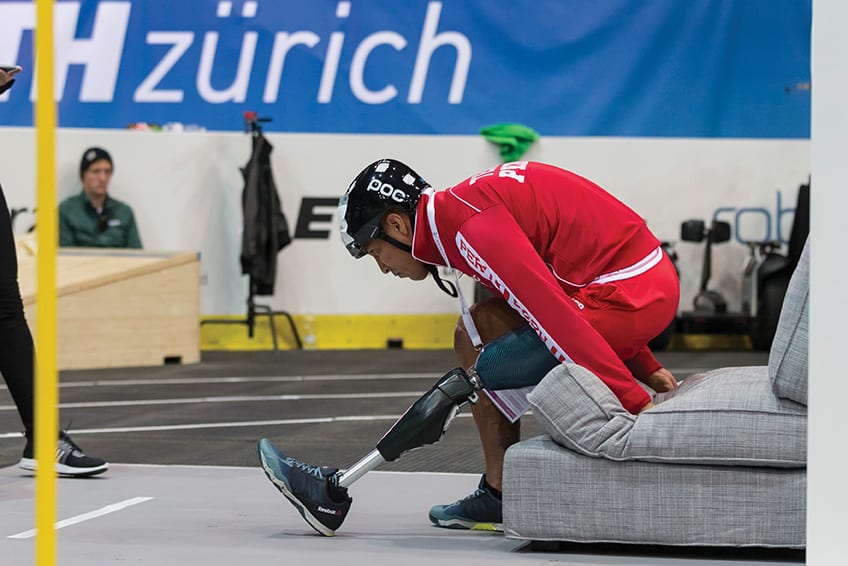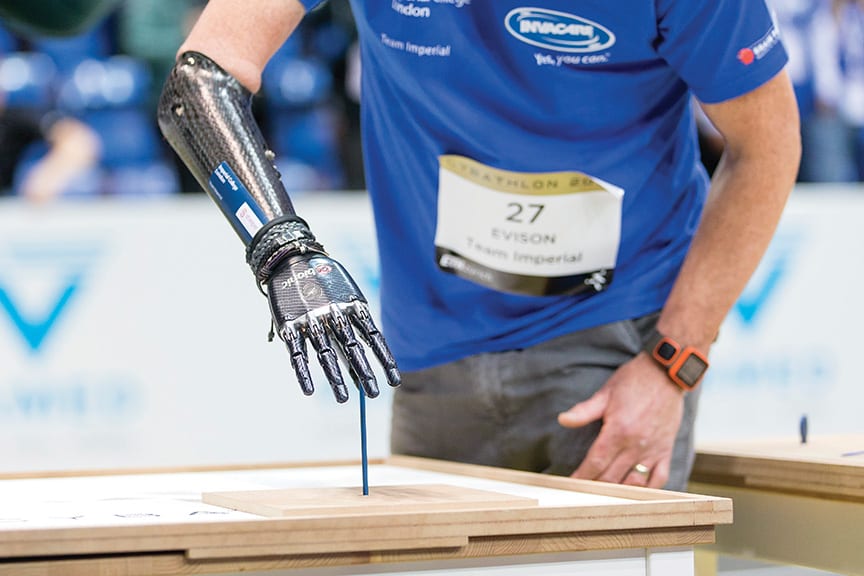[cmsmasters_row data_shortcode_id=”yrpcrwrfed” data_padding_bottom_mobile_v=”0″ data_padding_top_mobile_v=”0″ data_padding_bottom_mobile_h=”0″ data_padding_top_mobile_h=”0″ data_padding_bottom_tablet=”0″ data_padding_top_tablet=”0″ data_padding_bottom_laptop=”0″ data_padding_top_laptop=”0″ data_padding_bottom_large=”0″ data_padding_top_large=”0″ data_padding_bottom=”50″ data_padding_top=”0″ data_bg_parallax_ratio=”0.5″ data_bg_size=”cover” data_bg_attachment=”scroll” data_bg_repeat=”no-repeat” data_bg_position=”top center” data_color=”default” data_bot_style=”default” data_top_style=”default” data_padding_right=”3″ data_padding_left=”3″ data_width=”boxed”][cmsmasters_column data_width=”1/1″ data_shortcode_id=”8ql8mul3tl” data_animation_delay=”0″ data_border_style=”default” data_bg_size=”cover” data_bg_attachment=”scroll” data_bg_repeat=”no-repeat” data_bg_position=”top center”][cmsmasters_text shortcode_id=”7oi4b64pw” animation_delay=”0″]
While sprinting, jumping, and other high-level sports competitions are exciting when the participants are using prosthetic devices, these types of events don’t reflect the activities most amputees must do on a daily basis. Lower- limb amputees are more likely to face the challenges of walking up and down stairs, across uneven terrain, and through crowded stores, while upper-limb amputees are more likely to face the challenges of preparing meals, changing lightbulbs, hanging clothes, and doing other household and work tasks while using their prostheses.
Now there’s a competition for those kinds of activities.
[/cmsmasters_text]
[cmsmasters_sidebar shortcode_id=”e265036mn6″ sidebar=”adbutler-leaderboard”]
[cmsmasters_text shortcode_id=”o2rhf7ua7″ animation_delay=”0″]
Now there’s a competition for those kinds of activities.
The world’s first Cybathlon was held October 8, 2016, in Switzerland. The event drew approximately 4,600 attendees to support the 66 teams from various countries who competed against each other using the latest assistive technologies. Since one of the Cybathlon’s goals is to promote the development of assistive technologies that help people with disabilities, the various competitions are deliberately designed around day-to-day tasks and are aimed at nonathletes.

The pilots (competitors) demonstrated their skills and assistive devices in six disciplines during a full day of events. Each pilot was accompanied by a team, and around 400 contestants participated.
“The Cybathlon was truly a competition of technologies more than it was a competition of athletes,” says Robert (Bob) Radocy, winner of the gold medal in the Powered Arm Prosthesis Race. “I felt that it was almost a ‘fraternal’-type experience in that all the competitors…had gone through similar life experiences that I believe created a bond between us. I believe that each of us wanted to win but that we all had great support for the other contestants and their efforts. We celebrated each other’s successes.”
A second Cybathlon is planned to take place in four years.

“I hope the Cybathlon will continue,” says Radocy. “A contest every few years will make the Cybathlon relevant and would give time to enable the various technologies to develop further and improve for testing in future competitions.”
For more information, visit www.cybathlon.ethz.ch/en.
Winners in the six
competition categories
Functional Electrical Stimulation Bike Race
Mark Muhn, Team Cleveland
Powered Wheelchair Race
Florian Hauser, Team HSR Enhanced
Powered Exoskeleton Race
Andre Van Rüschen, Team ReWalk
Brain-Computer Interface Race
Numa Poujouly, Team Brain Tweakers
Powered Leg Prosthesis Race
Helgi Sveinsson, Team Össur RHEO KNEE.
Above-knee amputees wearing Össur
technology claimed all three medals in the
lower-limb competition. In addition to Sveinsson’s gold-medal performance using an Össur RHEO KNEE XC, teammates Billy Costello (using an Össur running leg) and David Jonsson (using an Össur POWER KNEE) took silver and bronze, respectively.
Powered Arm Prosthesis Race
Robert (Bob) Radocy, Team DIPO Power, is a below-elbow amputee who was using a Patriot graphics version/model of the TRS body-powered GRIP 5 V/C Prehensor.
Patrick Mayrhofer, wearing an Ottobock Michelangelo hand, and Magnus Niska, who has an osseointegrated prosthesis, took silver and bronze, respectively. Claudia Breidbach, wearing a Touch Bionics i-limb quantum, came in fourth.
[/cmsmasters_text][/cmsmasters_column][/cmsmasters_row]



